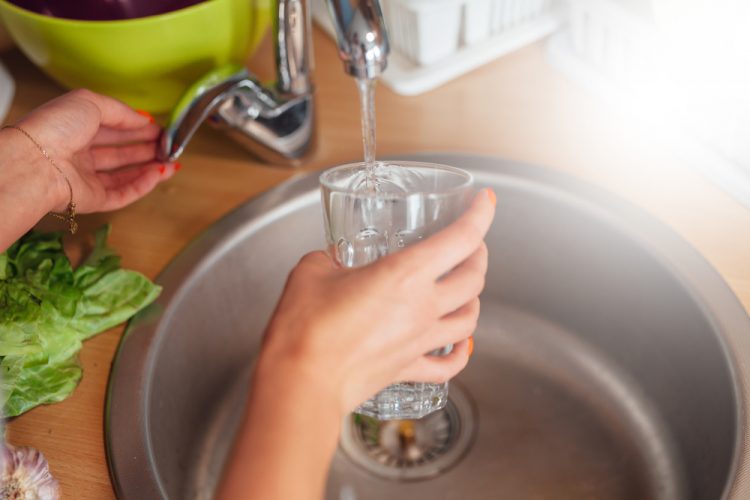In school, we have learned that the Earth’s surface is covered with 71 per cent of water.
And because 96.5 per cent of world’s water is salty seawater scientists and experts claim that we are heading towards global water crisis.
This is where water desalination reverse osmosis comes into play. Let us define the process, to have a better grasp of its importance.
Desalination and Reverse Osmosis
The process where the dissolved salt content of saline content is separated from water to a usable level is called desalination. It involves three liquid streams: the saline feedwater (brackish water or seawater), low-salinity product and very saline concentrate (brine or reject water).
On the other hand, reverse osmosis (RO) is one of the two types of membrane process used for desalination, where the water from pressurized saline solution is separated from the dissolved salts by flowing through a water-permeable membrane.
Although there are some scientists who argue that there are some minerals that were lost during the process and some of the supposed adverse environmental effect of the process, in most cases, the disadvantages are outweigh by the following benefits:
- Accessibility of safe-drinking water for domestic use;
- Availability of water intended for agricultural use
- Production of quality and safe water;
- Independent of variables;
- Safely-located plants;
- Use of tried and tested technology;
- Unlimited source of ocean water;
- Protection of habitat; and
- Preservation of current fresh water supplies.
For us to further appreciate the importance of desalination in addressing the problem, let us have a glimpse of how deep we are buried in the water crisis.
Global Water Crisis
According to WHOlives.org, there are over 1 billion of people who do not have access to clean, safe drinking water and millions of women and children spend several hours each day collecting water from distant polluted sources. Of this number, 3.4 million die each year due to water scarcity and contamination.
Moreover, some experts claim that by 2025, an estimated 1.8 billion of people will live in areas plagued by water scarcity, with two-thirds of the world population living in water stressed regions. Water demand is also projected to grow by 2050, which includes a 400 per cent increase in the demand for manufacturing water (domestic, industrial and agricultural use).
To address the issue, the World Water Council was established in 1996 where member countries are meeting annually and hold the World Water Forum.
Conclusion
Considering the abundance of seawater and the benefits and advantages of the desalination and reverse osmosis process in the production of safe, clean and drinkable water for domestic, industrial and agricultural growth, we can say that it is definitely one of the ways to address the global water crisis.


